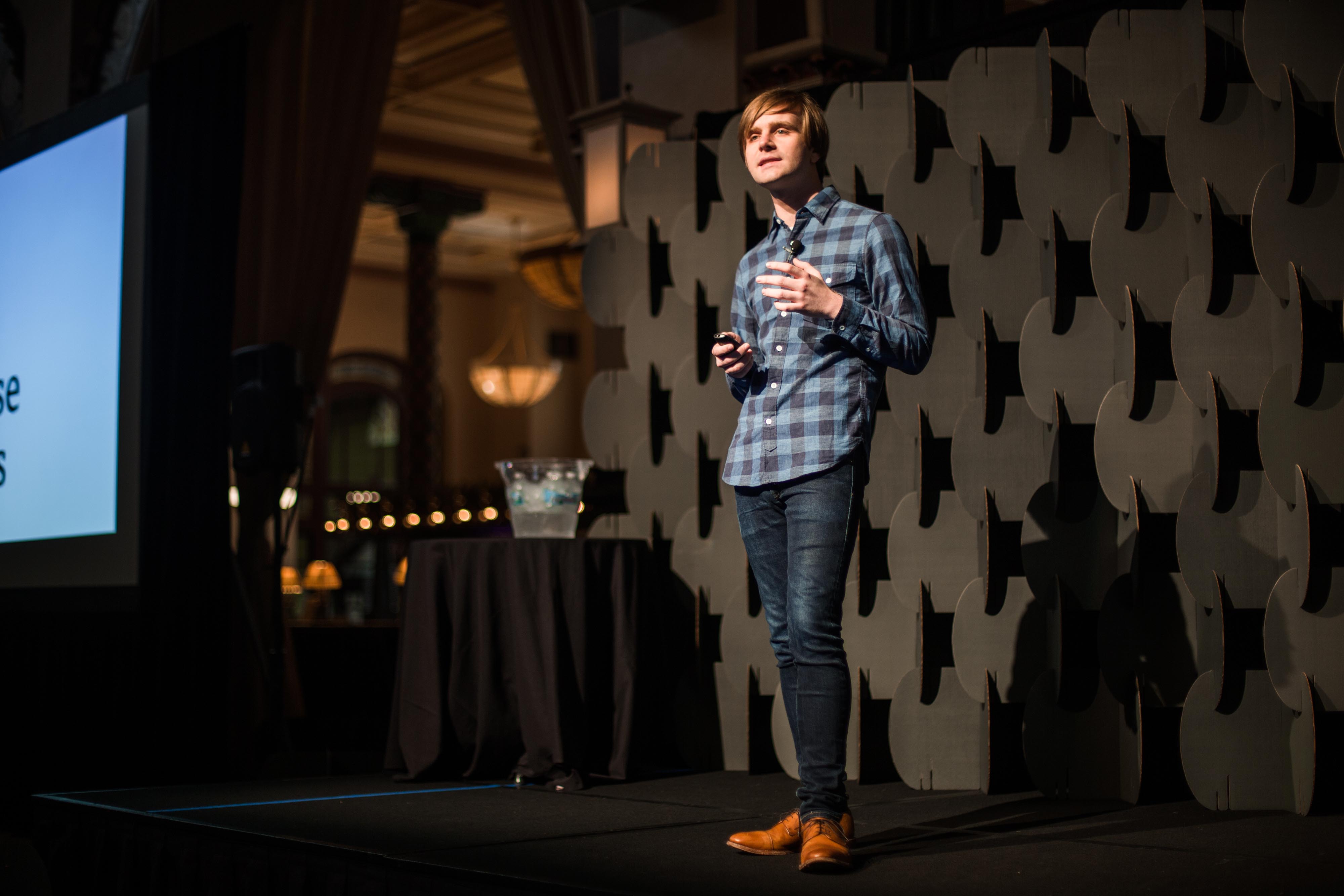Stacking the Deck

PowerPoint presentations get a bad reputation. That’s because most of them are terrible—they’re boring, they’re too long, and they’re full of tiny text and awkward animations.
On the other end of the spectrum, there are the highly-produced Keynotes from Apple that have been agonized over by legions of designers to sell you the company’s latest products. These decks are so intricate that they seem impossible for mere mortals to put together.
So it’s no wonder I don’t see many slide decks working on small software teams. The few I do are usually delivered by professional hypesters pitching startups, to cringes from the designers and developers in the room (or the Zoom, as the case may be). But earlier in my career, I used decks to great effect, and you know what? I miss them. In 2022, I’m bringing decks(y) back.
When my longtime friend and collaborator Brian Capps and I worked as iOS engineers at The New York Times, we noticed something concerning. There were a lot of intractable technical problems in the organization that seemed unsolvable due to politics and inter-team communication roadblocks. Everything from bug reports, to performance issues, to new features that needed newsroom buy-in got backed up this way.
So, as people who cared deeply about the quality of the products we were building, we searched for any way to get product people, designers, and business folks all on the same page about what we wanted to fix in the iOS app. The best tool we found (after trying many) was the humble slide deck.
Here’s what we did when we really wanted something to get fixed:
Brian and I would book a conference room together in the middle of the day, write an outline of what we wanted, and then develop a well-designed and straightforward slide presentation to make our argument. (By the way, we never told our bosses we were doing any of this.) We’d rehearse our spiel and then, we’d presell the idea by showing the deck to just a few people we knew would be critical decision-makers and solicit feedback, editing the deck as we heard their objections. Finally, we’d book a meeting with everyone in the organization who would need to be on board if we were going to make the change.
For example, once, we wanted to make sure that the NYTimes iOS app rendered all advertisements at the proper resolution on the new iPhone 4. We knew we’d need to convince a designer, the head of sales, an ad trafficker, a product manager, and our engineering manager. So we invited all of those folks to a meeting, dimmed the lights, and pitched our hearts out. For the first time, everyone in that room saw the blurry non-Retina ads for what they were—ugly and unbecoming of The Times. Everyone came out of that meeting jazzed to solve the problem, and together, we did!
This technique worked so well that we used it repeatedly, improving the app along the way. Our little slideshow sideshow became so familiar that it earned us a nickname: “the twins”. In fairness, we did have a bit of a Ringling Brothers vibe going on at the time.
Presentations are perfect for persuasion. Solid slides make information digestible; they show that you’ve thought deeply about the problem. And putting effort into them shows that you’re serious and that you care. Anyone can write an email, post a Slack message, or toss a meeting on the books. But few people will take the time to prepare a thoughtful, well-reasoned, and persuasive deck.
The next time you want to convince your coworkers, despite their differing priorities, to commit to working on something you care about: open your slideshow app of choice and make your argument in big type, one slide at a time. I bet your slides will change more minds than you expect.


